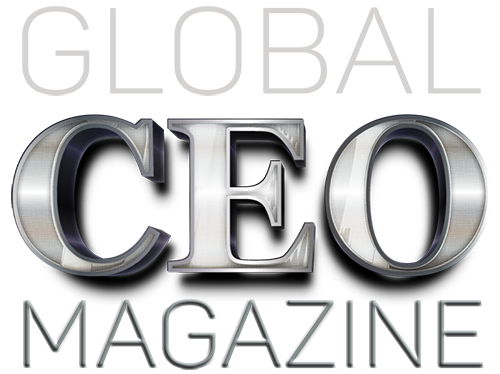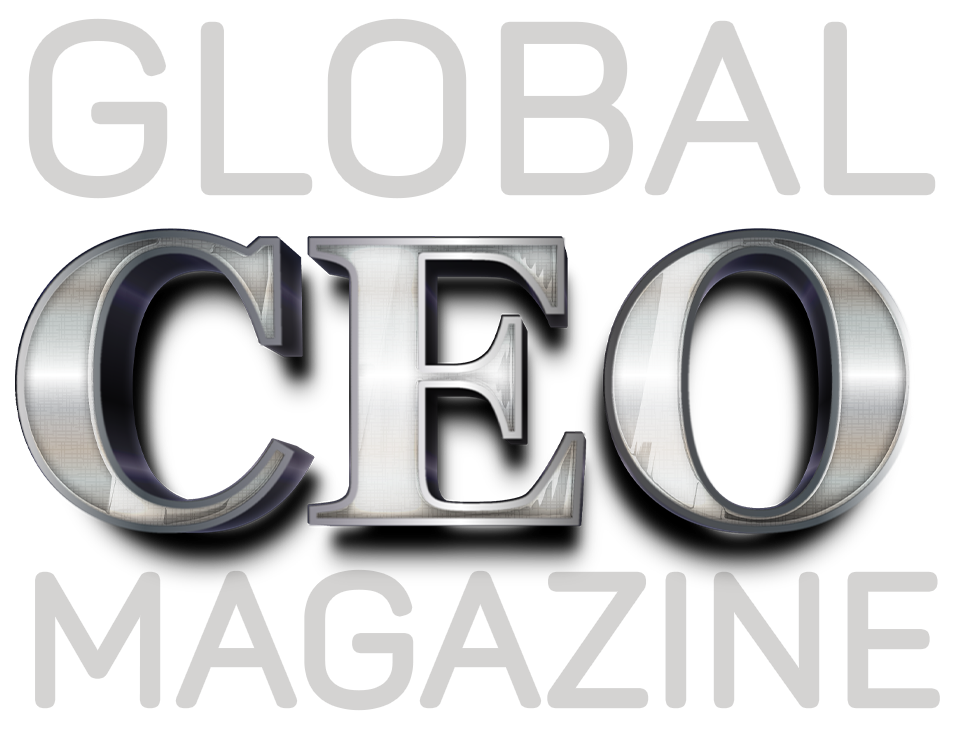In a recent conversation with Ms Dilushi Mendis, Chartered Architect and Managing Director at DM Interior Studio, we delved into the vision, values, and resilience that drive her company’s success. Since its founding in 2015, DM Interior Studio has specialised in transforming spaces through innovative interior design and meticulous craftsmanship, with a commitment to sustainability and client-centred solutions.
Ms Mendis shared insights on navigating challenges in the design industry, the importance of fostering a collaborative work culture, and how her team remained agile and innovative through the uncertainties of the pandemic. She also discussed the studio’s approach to balancing short-term and long-term goals, nurturing top talent, and integrating cutting-edge design trends to remain competitive in a dynamic market. Our conversation offered a unique glimpse into how DM Interior Studio continues to redefine the possibilities of interior spaces.
Q: Can you provide a brief introduction to your company, including its mission, core values, and the primary industry in which you operate?
DM Interior Studio was established in 2015, and we have been in business for the past 10 years. We specialise in interior design and construction, with well-qualified interior designers and our own furniture manufacturing plant.
Our mission
To create thoughtfully designed spaces that enhance the way people live, work, and experience the world around them. Through innovative design, sustainable practices, and meticulous craftsmanship, we transform our clients’ visions into inspiring, functional environments that reflect their unique needs and aspirations.
Core Values
1. Innovation and Creativity: We are driven by a passion for innovative design solutions, pushing the boundaries of creativity to deliver bespoke interiors that combine aesthetics with functionality.
2. Client-Centric Approach: Our clients are at the heart of everything we do. We listen, collaborate, and strive to exceed expectations, ensuring each project reflects the client’s vision and lifestyle.
3. Quality Craftsmanship: Attention to detail and high standards of craftsmanship define every project. We take pride in delivering interiors that are not only beautiful but built to last.
4. Integrity and Transparency: We believe in honest communication and transparency throughout the design and build process. Our clients can trust us to deliver on our promises with integrity, professionalism, and reliability.
5. Timeless Design: Our approach to design emphasises timelessness, creating spaces that remain beautiful, functional, and relevant for years to come.
Primary Industry
We provide interior design consultancy and build services for two main market segments: Commercial Interiors, including office spaces, retail environments, hospitality, and restaurants; and Residential Interiors, designing and building customised homes, from luxury residences to urban apartments. We create comfortable, functional, and visually stunning living spaces tailored to individual client needs.
Q. What are the key challenges your organisation has faced during turbulent times, and how have you navigated them? Can you provide an example of a significant crisis and explain how your leadership helped the company overcome it?
During the COVID-19 lockdown, architects and interior designers faced significant challenges, and it was no different for us. But, like many, we adapted by embracing innovation, technology, and flexibility to overcome the situation.
We leveraged Remote Design Tools and Technology, adopting Virtual Collaboration Tools. With physical meetings restricted, our team turned to platforms like Zoom, Microsoft Teams, and Slack for virtual client consultations and team meetings. These tools facilitated communication and ensured projects continued despite the distance. We also used cloud-based Project Management platforms like BIM (Building Information Modelling), allowing us to collaborate on projects in real-time from different locations. This ensured that team members could access and work on shared files and designs seamlessly, even remotely.
Given that many office workers were restricted to working from home, we diversified our focus by creating more functional, ergonomic home offices and flexible living spaces. Health and wellness became a top priority, so we began integrating biophilic design (bringing nature indoors), improved ventilation, and natural lighting into our projects. This was especially important for creating healthier, more comfortable living environments during prolonged stays at home.
We invested in our online presence through social media, blogs, and digital platforms. Sharing virtual tours, before-and-after photos, and design tips helped us maintain client engagement and attract new business.
We launched a YouTube channel titled “Ask Dilushi,” offering advice to those interested in improving their living or working spaces to better suit their requirements–especially under the new social circumstances.
We maintained proactive communication with our clients and stakeholders, providing reassurance and transparency on project timelines and potential delays. Amidst the financial challenges of the pandemic and the resultant economic instability, we managed to retain our entire team, providing them a sense of security. They reciprocated by going above and beyond, working extra hours and committing to meeting deadlines.
Q. How do you prioritise short-term decisions without compromising long-term strategic goals?
As a CEO, balancing short-term decisions without compromising long-term strategic goals requires a thoughtful approach. Before making any short-term decision, we ensure it aligns with the company’s long-term vision. Even urgent, tactical moves should contribute to the broader goals.
Our decision-making framework includes both immediate needs and long-term objectives. This ensures that short-term moves are steps towards achieving our overall mission, rather than reactive measures that detract from it.
We break long-term goals into smaller, manageable milestones. This allows for quick wins that satisfy short-term pressures while keeping the organisation moving towards the larger vision.
Q. What role does innovation play in your organisation’s growth strategy, especially during challenging times? How do you foster a culture of innovation?
Innovation in our industry is reflected in incorporating the latest design trends, adopting the latest design software packages, and ensuring that the equipment used by the whole team is current, if not state-of-the-art.
As a process-driven operation, we continually look inward to explore possibilities for increasing efficiency and optimising costs, ensuring our business processes align with our operations.
Q. How do you attract, retain, and develop top talent, particularly in a competitive and uncertain environment?
Since our inception, we have built a reputation as a leading interior design firm within the industry. This has earned us “preferred employer” status. We also highlight our company’s mission, values, and commitment to innovation and social responsibility.
We strive to stay competitive in terms of salary but also foster a team/family environment where each employee’s contribution is recognised and appreciated.
Many top performers in the industry are motivated by more than just money. We showcase how working at our company allows employees to make a meaningful impact on the company’s goals.
We afford employees a level of autonomy and support their decisions when needed. By encouraging open communication, maintaining a healthy work-life balance, and recognising achievements, we aim to create a fulfilling work environment.
Q. How do you balance the need for cost efficiency with the necessity of investing in growth and innovation?
In an increasingly competitive market, investment cannot always directly relate to cost-cutting. Therefore, we make strategic investments to reduce costs in the long run. Investments—whether in new machinery, technology/software packages, or office space—are carefully selected to bring returns over time.
We cultivate a culture of continuous improvement across all functions, regularly assessing our business processes for cost-saving opportunities and reinvesting the savings into growth initiatives. This approach allows us to remain lean without sacrificing future potential.
Q. What do you believe are the essential qualities that future CEOs need to lead effectively in a fast-changing world?
Future CEOs will need key qualities to navigate the fast-changing business landscape effectively. Agility and adaptability—being able to quickly respond to changing market conditions, technology shifts, and global events—are essential.
Other crucial areas include Tech-Savviness, Emotional Intelligence (EQ), Visionary Thinking, a Sustainability Mindset, and Data-Driven Decision-Making. The ability to leverage data for insights and make informed, analytics-based decisions will be crucial for success in tomorrow’s data-rich environment.


